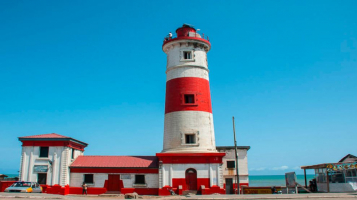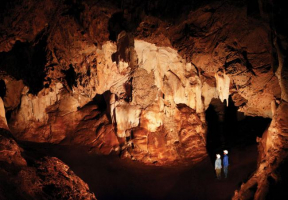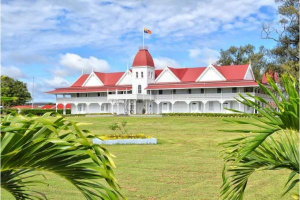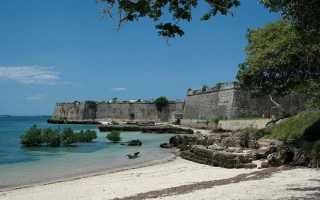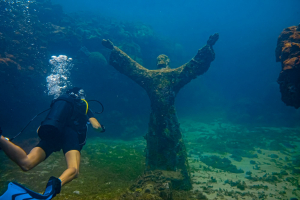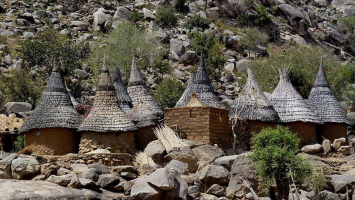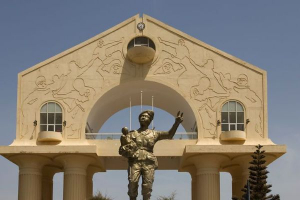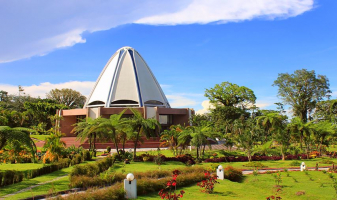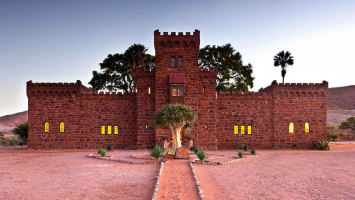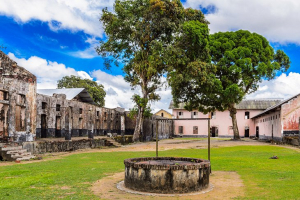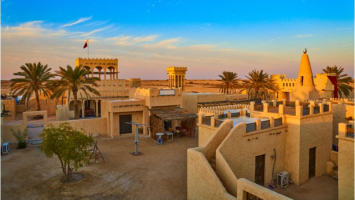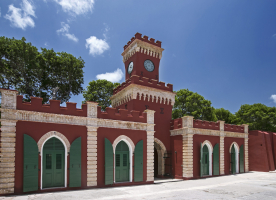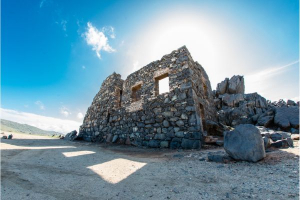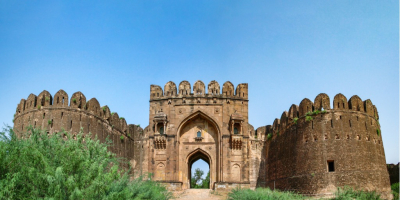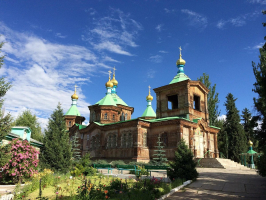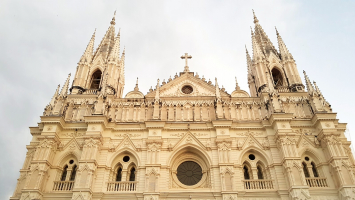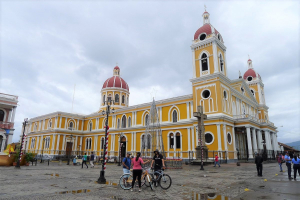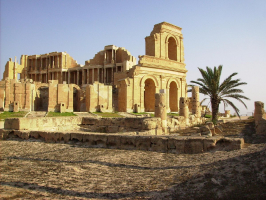Top 6 Most Famous Historical Sites In Togo
Togo is a thin sliver of territory that stretches from the Atlantic Ocean to the depths of landlocked Burkina Faso in West Africa. But size has never been a ... read more...concern for this culturally rich country situated between Benin and the much larger Ghana. Let's visit the most famous historical sites in Togo.
-
Built from 1898 to 1905 under the technical supervision of engineer Furtkamp, Palais de Lomé was born of the will of Governor August Köhler. During the colonial period, it served as the residence of German and French governors. It then served as the Togolese state's headquarters until 1970. From 1976 to 1991, the structure served as the "Palace of the distinguished guests of the Togolese Republic," before becoming the Prime Minister's Office in September 1991. Following the socio-political unrest of 1990 and 1991, the structure was extensively damaged and abandoned as a symbol of political protest.
This once banned place, from where authority was exercised, has reopened its doors after more than 20 years of disuse to become the country's first art and culture center. This is an opportunity for Togolese to reconnect with their country's heritage while also gaining international attention for Togolese principles.
Today, this enormous structure is marked by arcades and wooden shutters, but most notably by two towers, one from the medieval period and the other from the oriental period. Palais de Lomé is regarded as one of the most famous historical sites in Togo. Visitors walk through the rooms and passageways to uncover the various displays hidden behind apparent symmetry and a mix of architectural styles. The terraces, big openings, and shaded patio create a strong connection between the interior and exterior. The outdoor landscape is integrated with the exhibitions.
The 11-hectare park surrounding the palace has been completely renovated. It was built by landscape architect Frédéric Reynaud, who was inspired by Togo's landscapes; a means for young Togolese city dwellers to appropriate their country's and, by extension, Africa's botanical abundance in the heart of the metropolis. Following a lengthy ethnobotanical study, over 500 species (from Togo and other African nations) suitable to the Lomé climate were planted. Such a large park in the heart of a metropolis is a first in West Africa, there are numerous types planted and the 40 species of birds that inhabit the area and calm visitors' walks with their singing under the shadow of the hundred-year-old trees.
Address: 382 avenue de la Marina, Lome, Togo
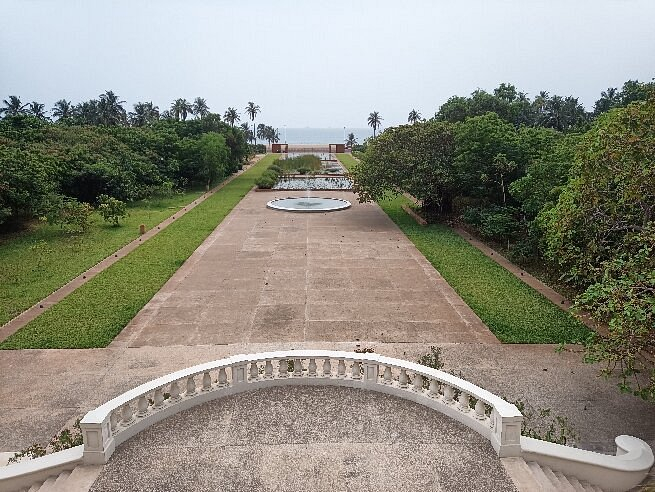
https://www.tripadvisor.com/ 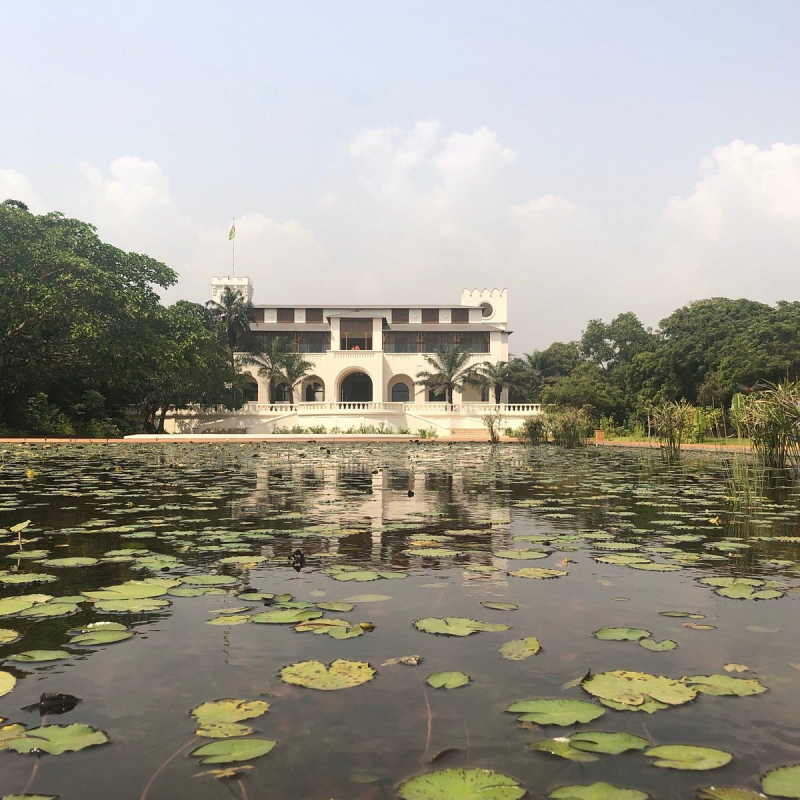
https://www.tripadvisor.com/ -
This region of Togo, like others in West Africa, contains one of the most distinctive and intriguing architecture on the African continent- fortified houses. The Tamberma people of Tamberma Villages, like other ethnic minorities in Benin, Mali, and Burkina Faso, live in fortified buildings resembling small castles made almost entirely of raw clay, straw, and wood. This architectural style emerged in the seventeenth century, mostly to defend against warriors sent by other tribes' kings to forcefully collect people to be sold as slaves in the New World.
These fortified houses are normally two stories high. The kitchen and livestock area are on the bottom story, while the barns, chambers, and an imposing terrace for drying grain are on the second floor. After dinner, the terrace becomes a gathering place for family, friends, and neighbors, who congregate around the "boss" and listen intently to the stories he recounts about his nation, both recent and old.
The fetishes that keep the evil spirits at bay can be found on the outside of the dwelling. These fetishes safeguard each inhabitant of the house and keep harmful spirits out of the house and out of the house's interior. Takietas are unquestionably Togo's national symbol today.
Tamberma Villages should be visited. You'll learn how the locals go about their everyday lives, what tools and household goods they use, and you'll get to sample the local cuisine. Enjoy the surroundings, which you are free to explore.
Address: Near Kande Proche Kara, Lome, Togo
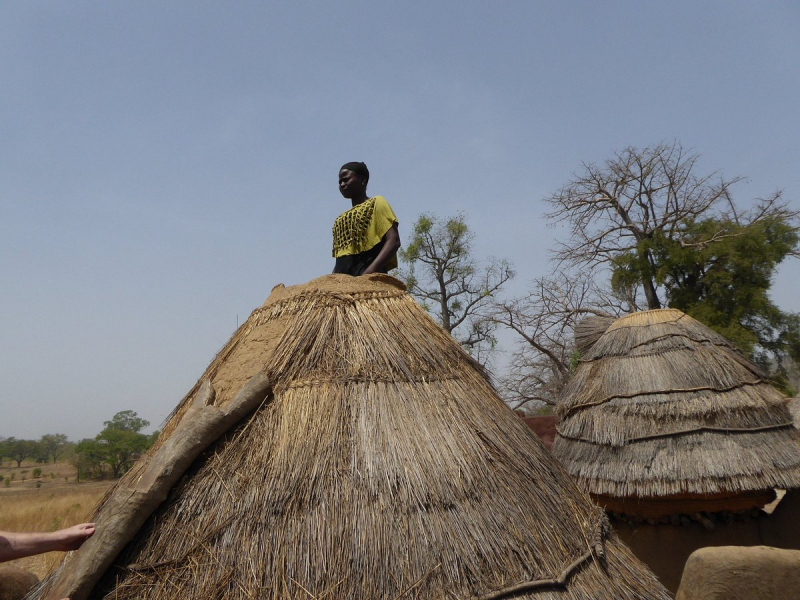
https://www.tripadvisor.com/ 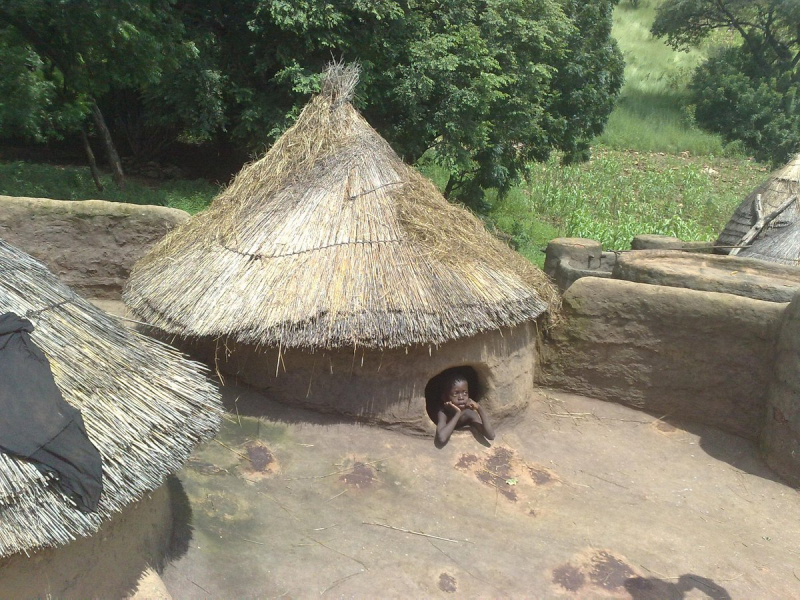
https://www.tripadvisor.com/ -
Koutammakou, the Land of the Batammariba, is a cultural landscape in northern Togo that was listed as a UNESCO World Heritage Site in 2004. Traditional mud tower-houses remain the favored way of life in the area. Togo's traditional mud huts have become a national icon. Many of the mud dwellings have two stories, and some have flat roofs.
Nature is strongly intertwined with societal rituals and beliefs in this landscape. The 50,000-ha cultural environment is notable for its tower-house architecture, which reflects social organization; its farming and forest; and the associations between people and place. Many of the structures are two stories tall, and those with granaries have an almost spherical shape above a cylindrical base. Some structures have flat roofs, while others have conical thatched roofs. They are organized into communities, which also feature ceremonial areas, springs, rocks, and initiation ceremony places.
Address: Kara Region, Togo
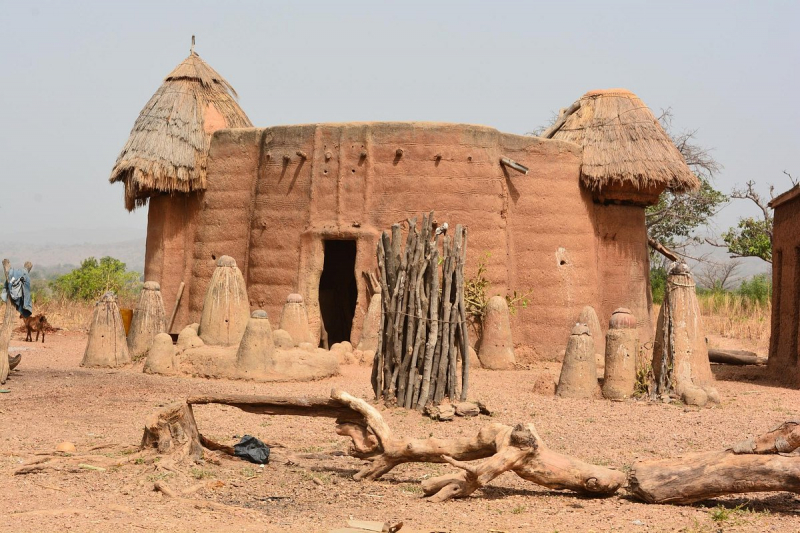
https://www.tripadvisor.com/ 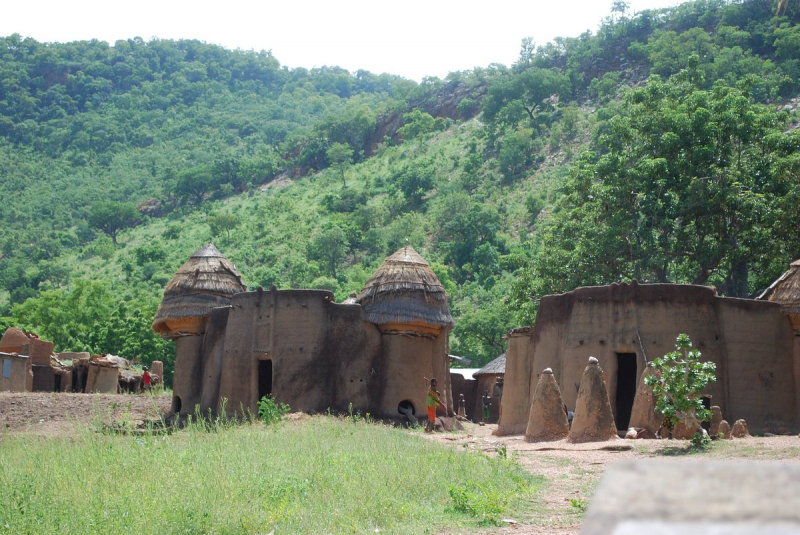
https://www.tripadvisor.com/ -
The bridge was constructed during the German colonial era. There was even a wooden bridge that was constructed around 1900. Later, Germans chose to build a metal one since many people were eaten by fish while being conveyed by rowing boats from large ships at high tides. The metal bridge was completed in 1904 and measured 300 meters in length! A hurricane damaged it seven years later, but French colonists restored it in 1928. The bridge remained in operation until the 1960s. It is currently occupied by homeless individuals, and walking on top of it is dangerous.
Now this is a total ruin. Although the Lome abandoned bridge is one of the most famous historical sites in Togo, it is not worth a special visit. However, you will undoubtedly notice it as you cross Lomé. Except if you are a devotee of late-nineteenth-century industrial ruins, the Lome abandoned bridge is hardly worth a particular visit.
Address: Coco Beach, Lome, Togo
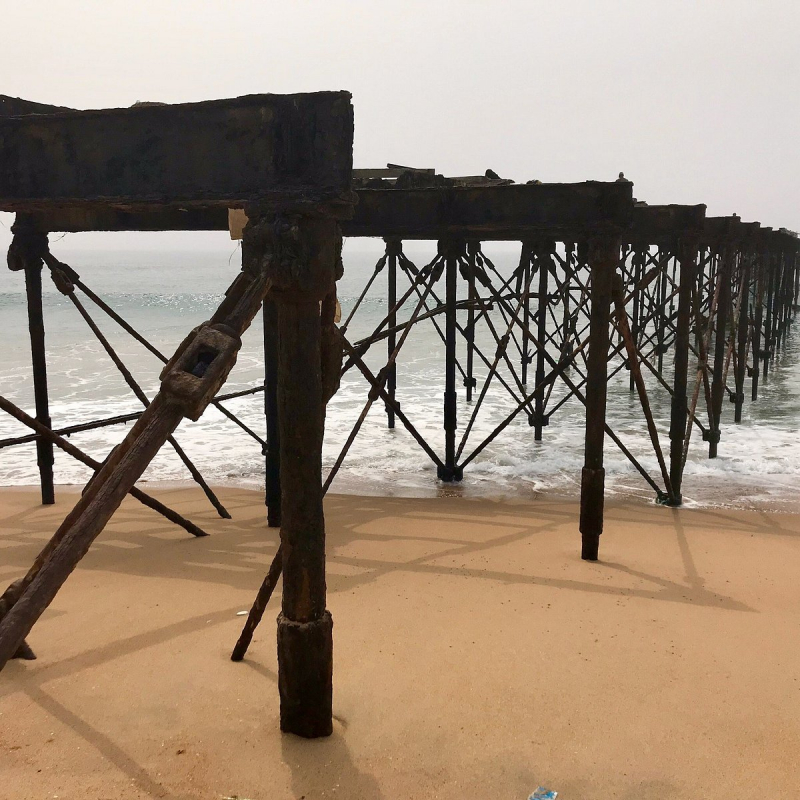
https://www.tripadvisor.com/ 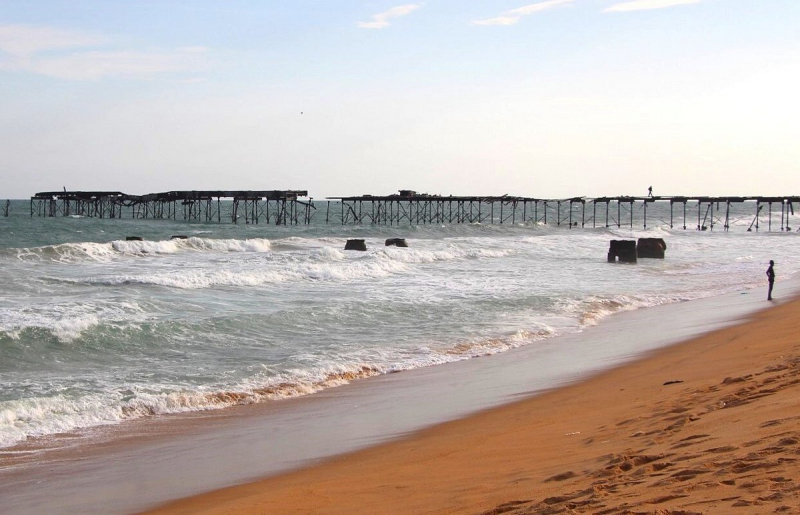
https://www.tripadvisor.com/ -
Togo's first railway, which ran 45 kilometers between Lome (Lomé) and Aného (Aného), opened in 1905, after two years of construction, but closed again ten years later due to political turmoil. The chosen gauge was metre gauge, which was usual for a German colonial railway at the period. At the beginning it was planned to use horses and carriages, but a rampant animal disease made the construction of the railway seem sensible.
Togo's state railway system stopped in 1999, along with all passenger services. Until the early twentieth century, a segment of line between Lomé and Blitta was used to supply a cement plant. A privately owned railway serving phosphate mines is still in operation.
In early 2014, the first segment of a line to Cinkassé on the border with Burkina Faso, a new 20km metre gauge railway opened between Lomé and Adétikopé. Later that year, a 3km branch from Lomé to Aflao, Ghana, was opened. Today Togo Railways only transport phosphate and cement, passenger traffic has come to a complete standstill and it has become one of the most famous historical sites in Togo.
Address: Lome, Togo
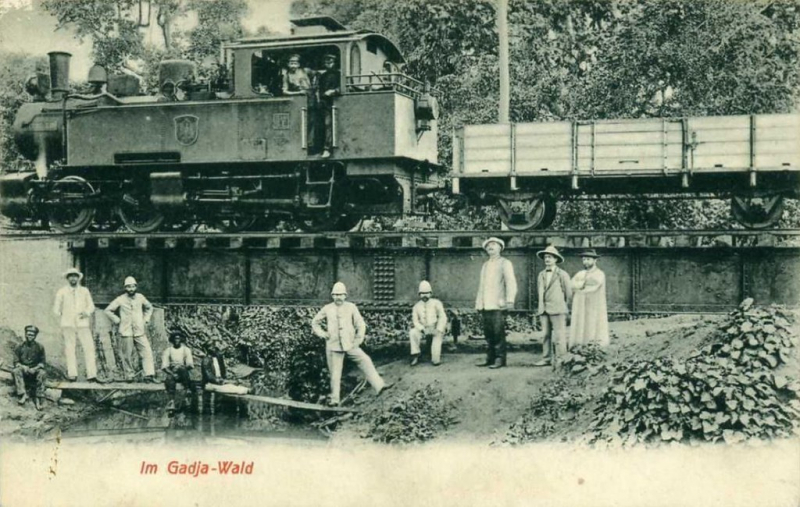
flickr.com 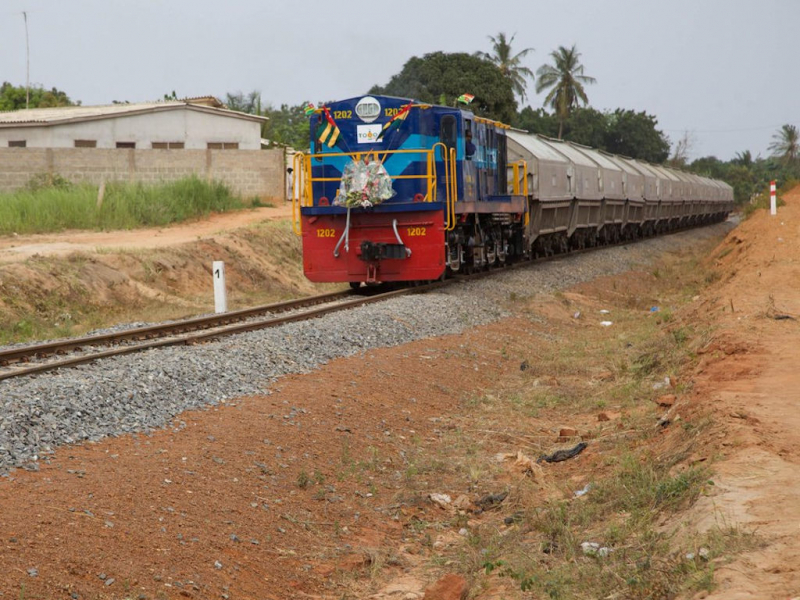
sinfin.net -
Les Vestiges Du Royaume Ewe is the Remains of the Ewe Kingdom in Notsé, Togo which is regarded as one of the most famous historical sites in Togo. Notsé is located in the middle southern portion of Togo and is the historical home of the Ewe people, who now constitute the majority in the south (more than 50 percent ). There are little vestiges of the Kingdom that emerged there around the 15th century, but Notsé remains a legendary site for many Ewe, as proven each year by the most traditional Ewe festival: Agbogbo-Za, which is celebrated with great zeal.
Founded by Nile Valley peoples and after a transition to Oyo (Nigeria), Kétou (Benin), and Tado (Togo), Notsé is the final step of the Ewe migrations around the 15th century. To protect his people, the chief erected a 14.5-kilometer-long wall known as "Abogbo," the ruins of which may still be seen in places.
Some unique relics from the kingdom of Notsé can still be found:
- Walls: Only a few sections remain, which have been preserved from time's erosion. King Agokoli had them made with water-kneaded clay. Notsé will then become a fortress where the Ewe, as well as other peoples such as the Akposso, seek safety.
- Pavements. Pavements from antiquity have been discovered during archaeological digs. These were kept safe within the confines of a small building.
Address: Notsé, Togo
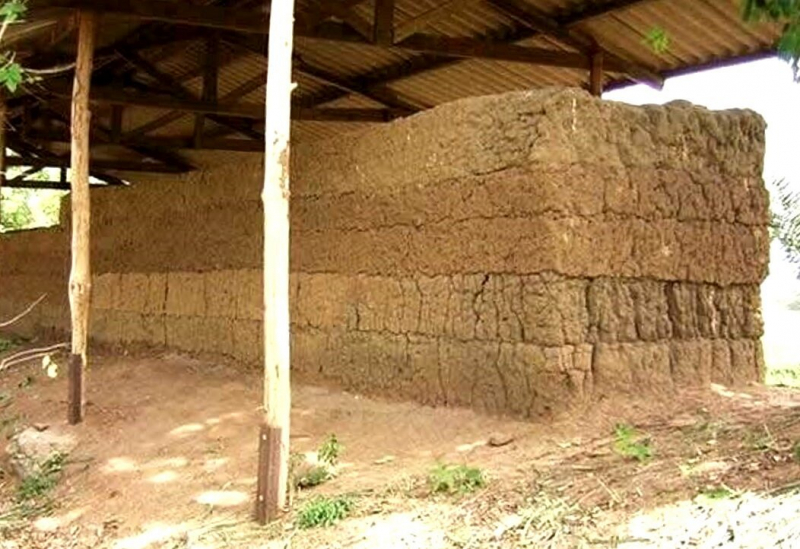
https://www.tripadvisor.com/ 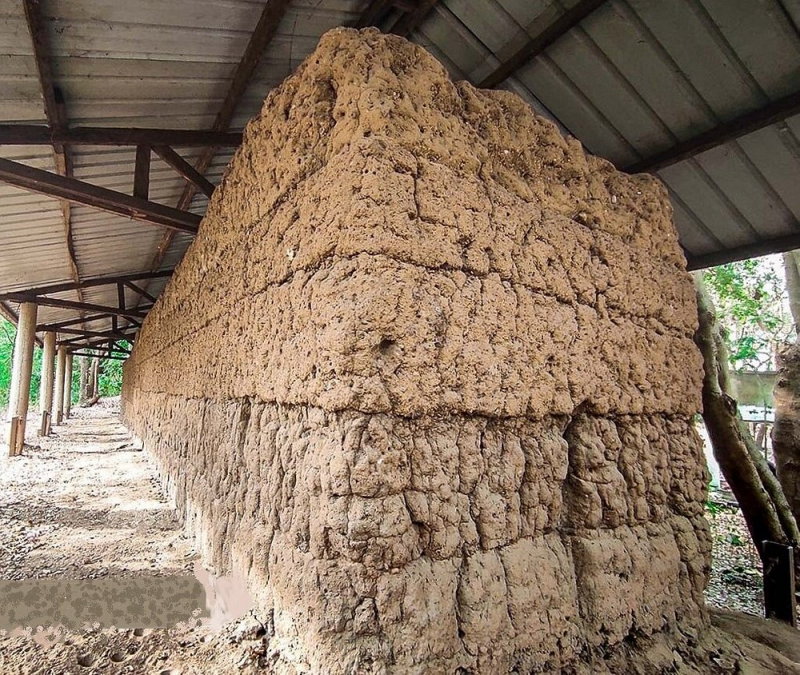
https://www.tripadvisor.com/








